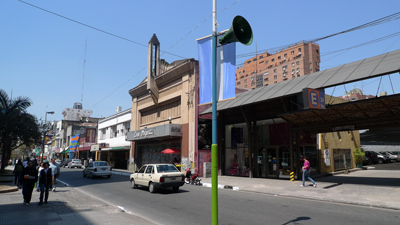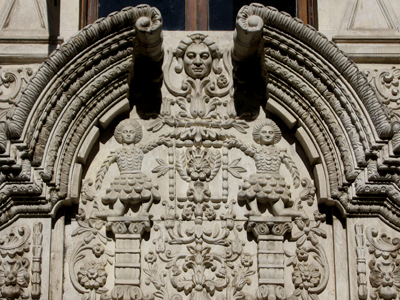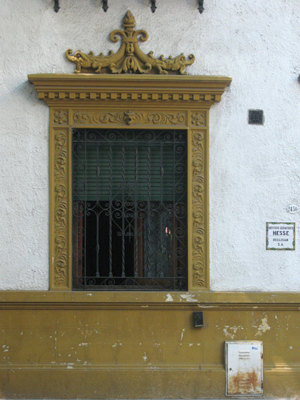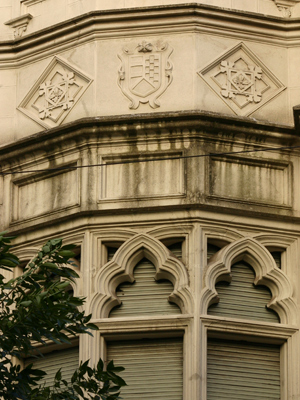tucumán: city center

The ride from Cafayate to Tucumán was a lot longer than we’d estimated, & the scenery wasn’t very interesting until we got closer to Tafí del Valle. So I read. As we rode into San Miguel de Tucumán along Avenida Presidente Néstor Kirchner, Darío & I gave each other a suspicious look… it seemed like an urban planner’s nightmare. Our first impression didn’t improve much after navigating through a sea of people at the bus terminal. Absolute chaos. I guess the cute & quaint part of our vacation was over.
Read More »tucumán: city center


